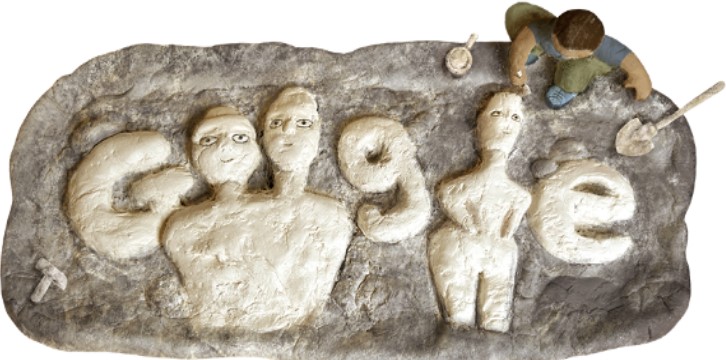Franco's Legacy: Battle for Santiago's Romanesque Treasures
Spain's Supreme Court has ordered the Franco family to return Romanesque statues to Santiago de Compostela. The statues, originally part of the 12th-century Door of Glory, were acquired by the city in 1948 but ended up in Franco's possession after his wife's interest in them during her 1952 visit.

- Country:
- Spain
Spain's Supreme Court has ruled that the descendants of dictator Francisco Franco must return two Romanesque statues to Santiago de Compostela, a city in northwestern Spain. The court's statement emphasized the significance of these statues, which originally formed part of the 12th-century "Door of Glory," an integral element of Santiago's cathedral facade.
These statues were acquired by the city in 1948 but were later claimed by Franco's wife, Carmen Polo, during her 1952 visit to the city. Subsequently, they were relocated to the Meiras palace, Franco's summer residence. The court noted that the transfer was facilitated by Santiago's mayor at the time, keen to appease the dictator's wife.
Franco's descendants contested the court's decision, asserting that the acquisition by the city was never legally completed and that family members believed the statues were obtained through an antiquarian source. However, their arguments did not convince the court, which reaffirmed the city's ownership. This decision underscores ongoing tensions in Spanish society surrounding Franco's divisive legacy.
(With inputs from agencies.)
ALSO READ
Trump announces full travel ban on people from 12 countries, partial restriction on 7 countries to go into effect Monday, reports AP.
U.S. Auto Suppliers Demand Action on China's Rare Earth Export Limits
Strengthening Ties: India-US Partnership and Terrorism Discourse
Financial Earthquake: Deals, Mergers, and Legal Maneuvers in the Corporate World
Financial Stories: Pensions, Potholes in Planning, and Rare Earth Rumble










